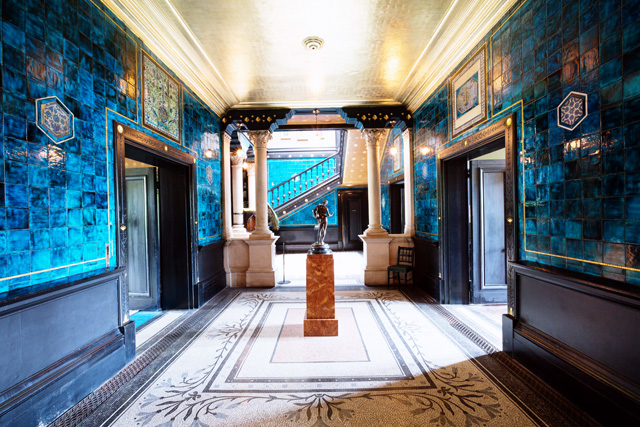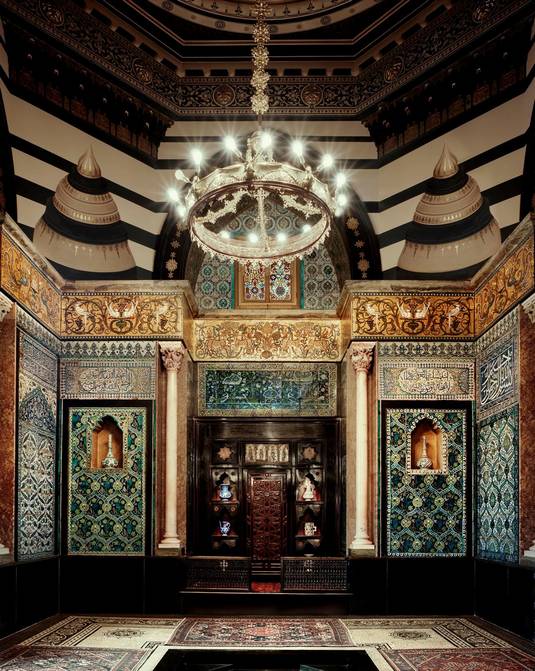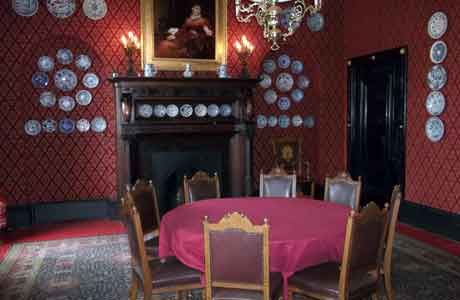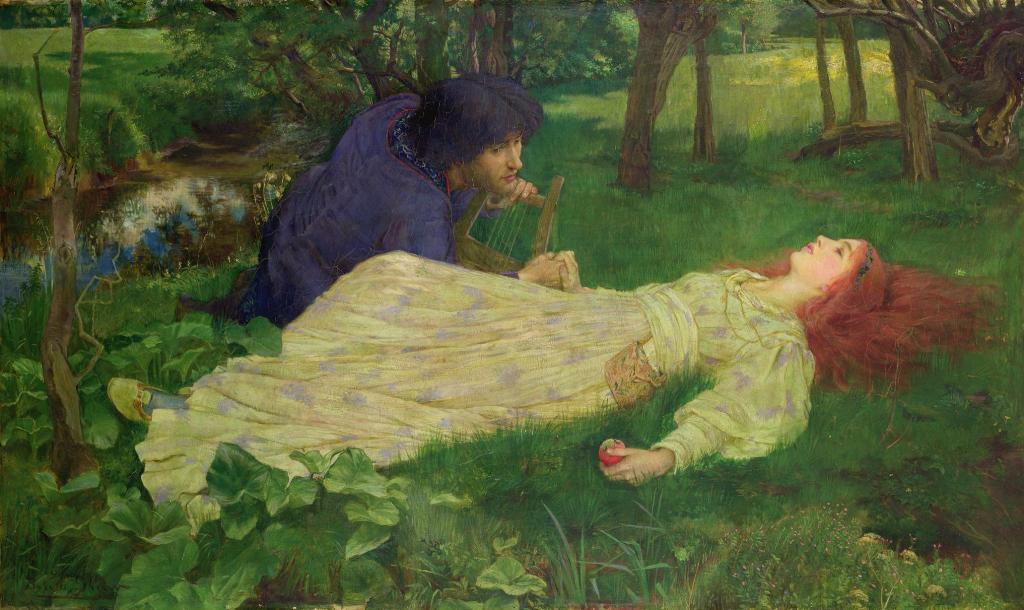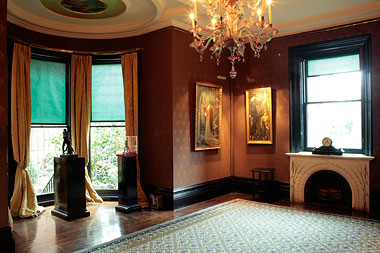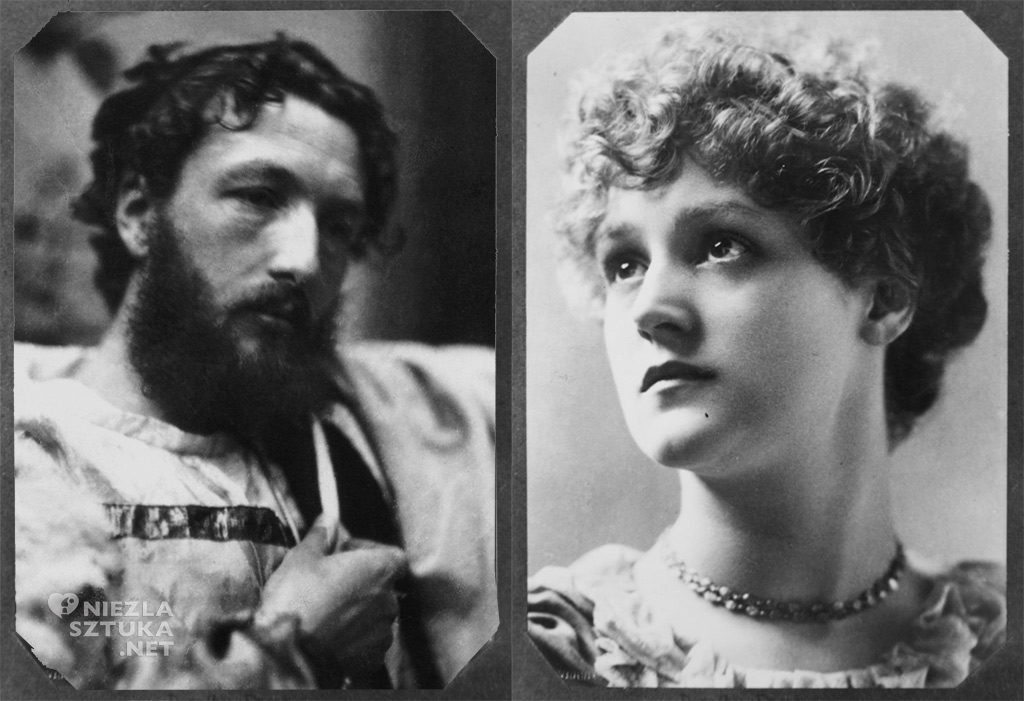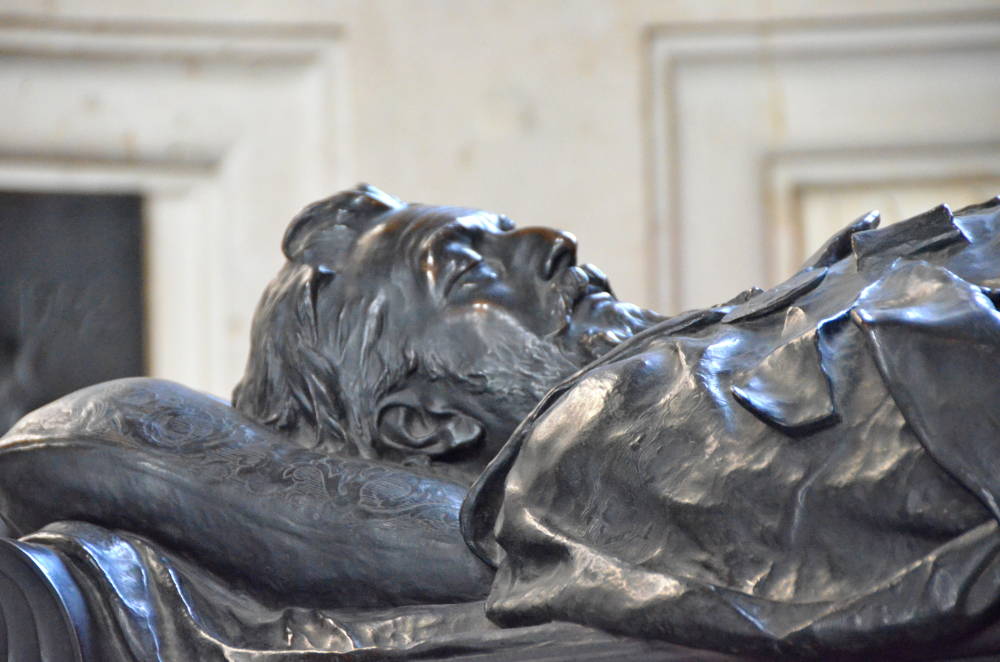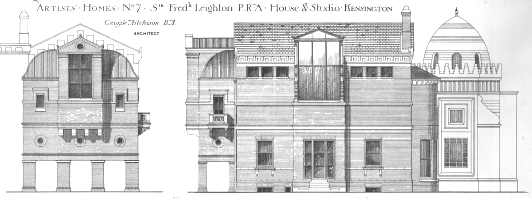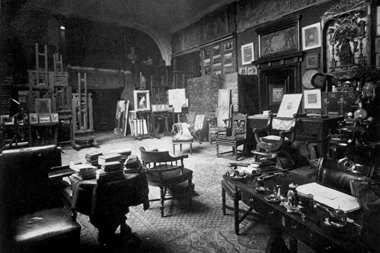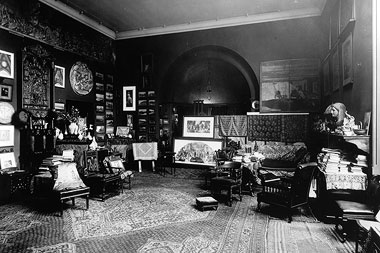Red House
"the beautifullest place on earth" - Edward Burne-Jones

Note to self: I need to book my 45 minute guided tour at either: 11am, 11.30am, 12pm, 12.30pm and 1pm. It is best to pre-book to avoid disappointment on our booking line 0208 304 9878 (manned Tues-Sat 9.30am -1 .30pm). Then visit unguided from 1.30pm you can visit the house without booking and wander around on your own to sample the atmosphere.
.jpg)

I can't wait to dine in the kitchen and pantry of Red House, now a charming cafe. Cake and cream tea for me please! I'm sure my husband will favor the higgidy pies (whatever those are).
.jpg)
Creativity and love fill every splinter of wood, pane of glass, inch of wall, and thread of tapestry at The Red House. It was designed by Philip Webb for William Morris who incorporated many beloved Victorian artists in it's decoration in his never ending effort of 'transforming the world with beauty.'
Dining Room with furniture designed by Philip Webb. It was intended to have an Aphrodite theme.
Uncovered in 2013 from behind a wardrobe is part of this original decoration showing figures from Genesis painted as if hanging on fabric. (http://www.nationaltrust.org.uk/red-house/features/visit-the-house)
.jpg)
Sadly, after about five years, Morris put the Red House on the market. There were several reasons - the increasingly frequent commutes to Bloomsbury (which took over 4 hours a day), the cold windy landscape, difficulty in getting a doctor to the rural location, etc. The family left in 1865 to live over the workshop and Morris never came back. He said later that the sight of the house would be more than he could bear.
P.S. Do they make Arts and Craft style crates for me to ship home all my booty from the gift shop?



